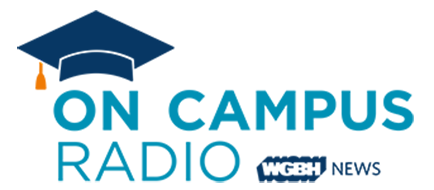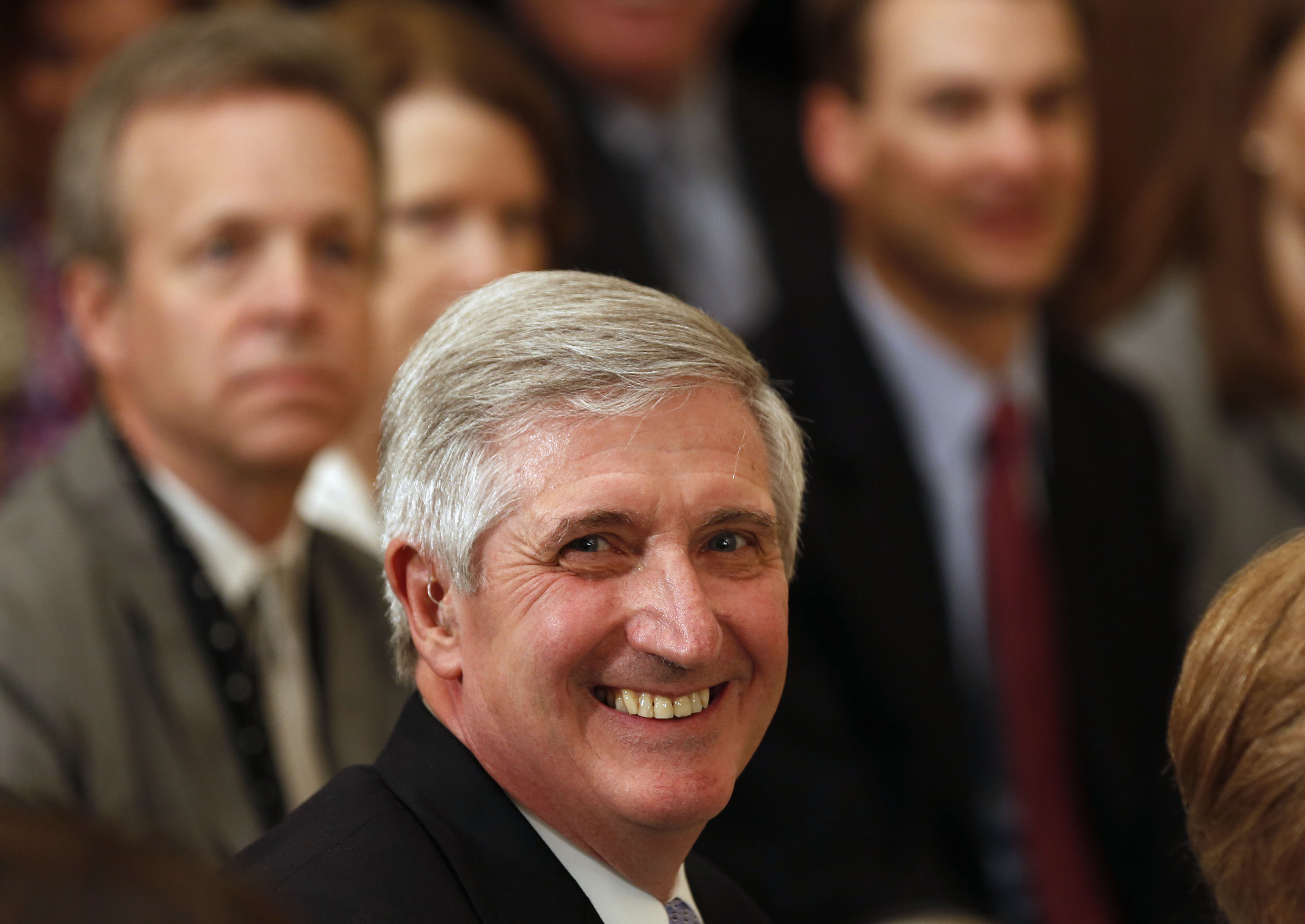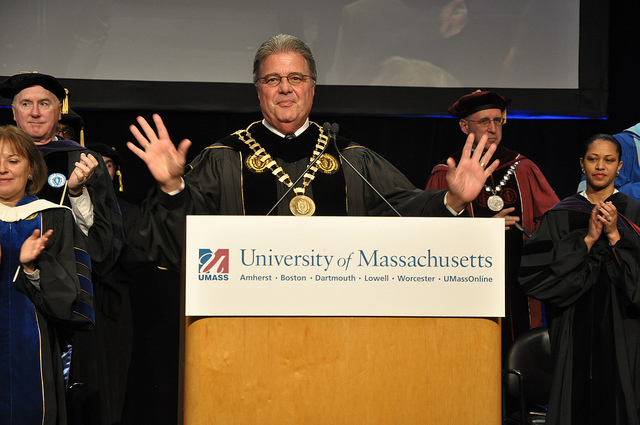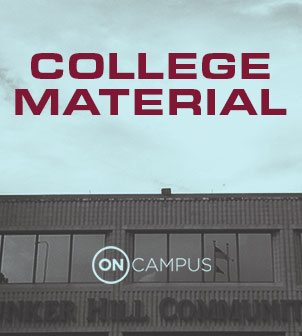higher ed
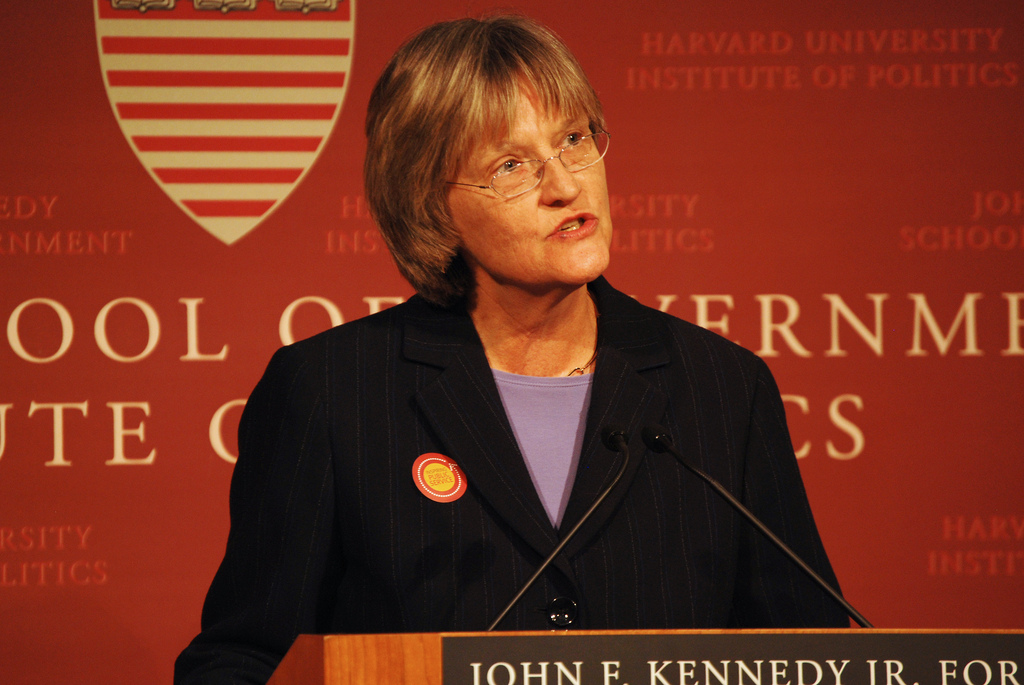
There's a growing skepticism in this country about whether college is really worth it. Now, one of higher education’s heavy hitters is weighing in on that national debate. On Friday, Harvard President Drew Faust kicked off the university’s campaign to make the case for college, writing an op-ed in the USA Today and delivering a speech to high school students and teachers in Dallas.
Public discourse around the increasing cost of college and the student debt crisis has reached a feverpitch over the past five years. College and university administrators have responded to these concerns by increasing the amount of financial aid institutions provide to students: the average discount rate is now over 45 percent for private schools. This means that the average private college subsidizes students at a rate of $0.45 for every dollar of tuition it receives.

____________________________________________________
The buzz around open online courses - often free and occasionally for credit - is fading. But as tuition prices and student debt soar, online learning continues to grow. One of the largest providers of massive open online courses, or MOOCs, is Harvard and MIT's edX. Some 2.5 million people have signed up for these classes, ranging from the Introduction to Computer Science to The Ancient Greek Hero.
So what do most students get for completing one of these courses? New knowledge and maybe a certificate of completion, but no credit. WGBH’s On Campus caught up with a student-researcher who predicts colleges and universities will soon offer some form of credit for MOOCs.
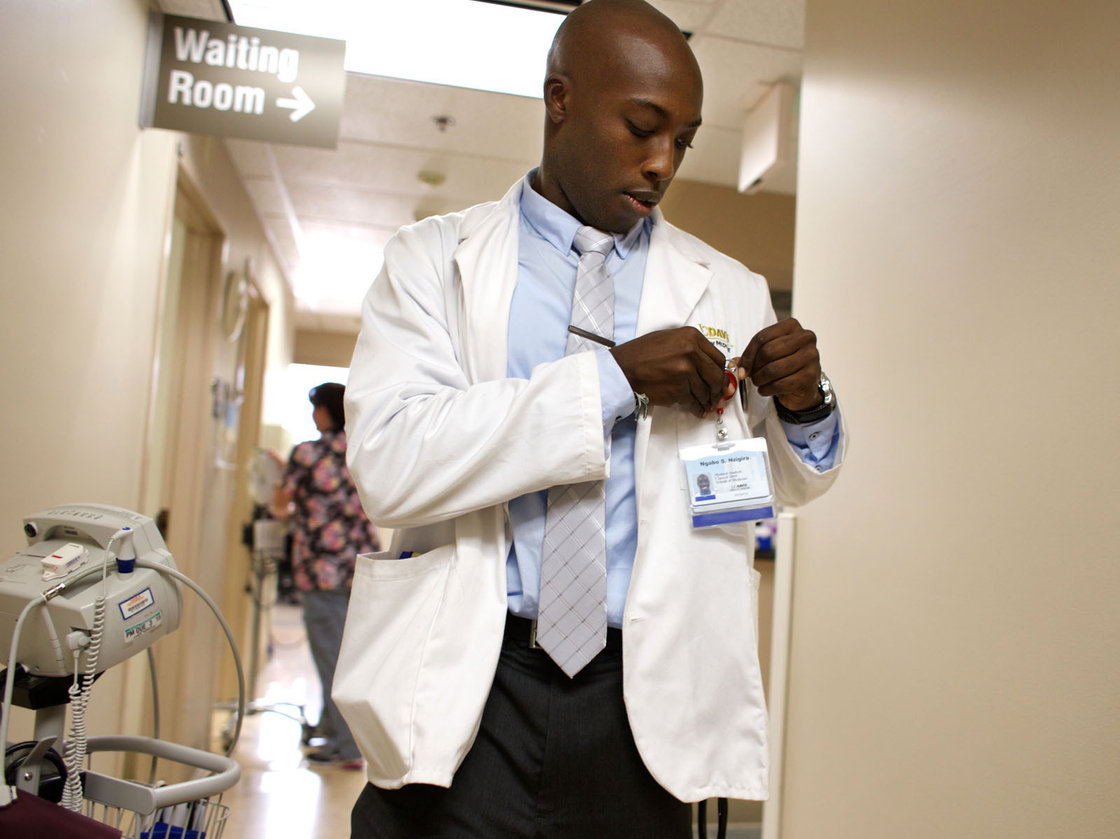
Some doctors in the state of California will soon be able to practice after three years of medical school instead of the traditional four. The American Medical Association is providing seed money for the effort in the form of a $1 million, five-year grant to the University of California at Davis.
Student Ngabo Nzigira is in his sixth week of medical school and he's already interacting with patients during training with a doctor at Kaiser Permanente in Sacramento.

When you factor in the size of a school’s endowment and its ability to offer financial aid, it turns out, incoming full-time freshmen at the University of Massachusetts Amherst are paying more than their counterparts at Harvard. That’s according to the latest federal figures released by the Department of Education.
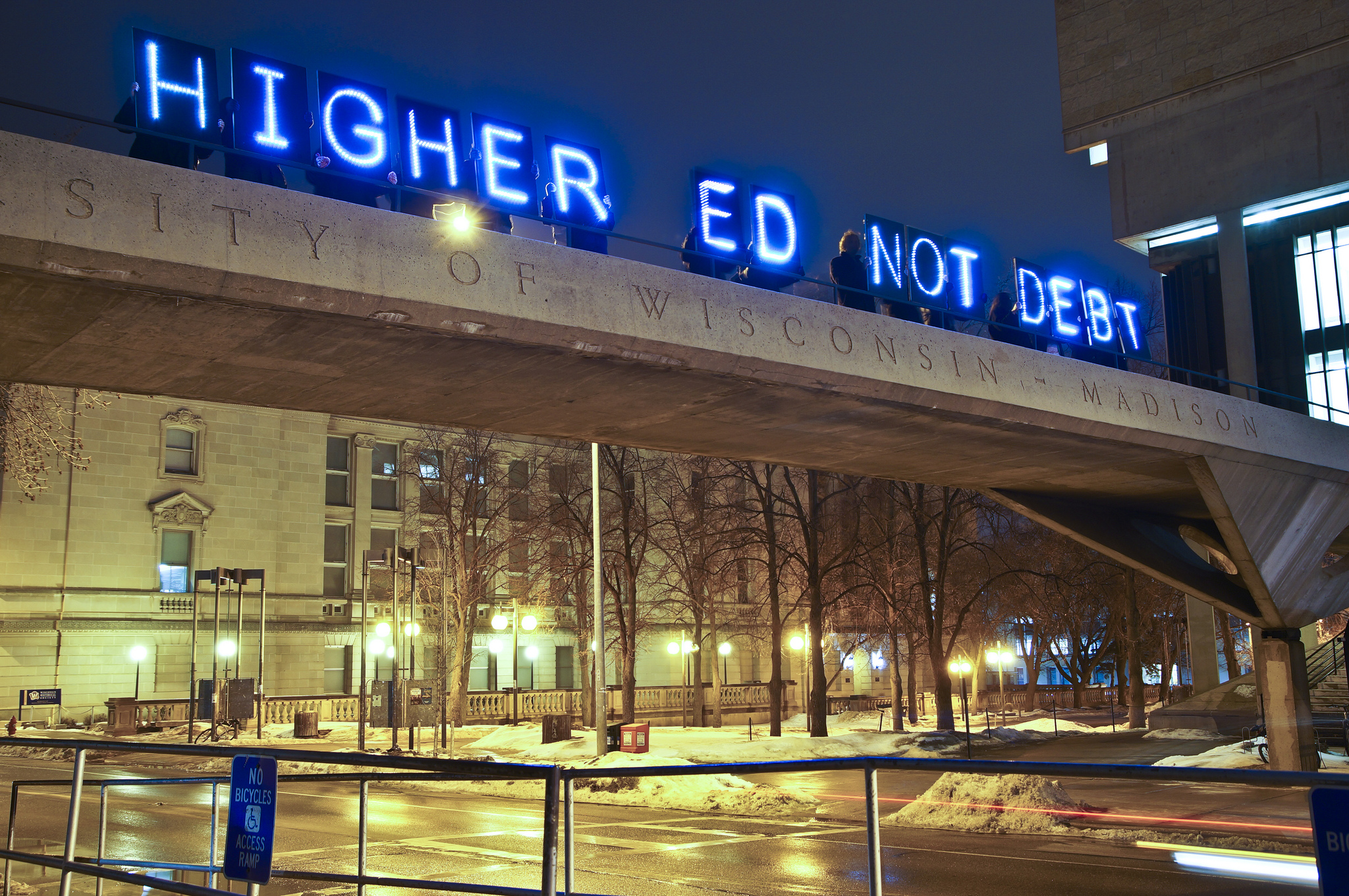
____________________________________________________
A new report out this week from the Brookings Institution looks at more than two decades of financial data, specifically how Americans are paying for higher education. The report finds the student debt crisis that we've all been hearing about isn't actually as bad as the public – and the media – often makes it out to be. WGBH’s Kirk Carapezza sat down with Beth Akers, a co-author of the report, to talk about the controversial findings.

